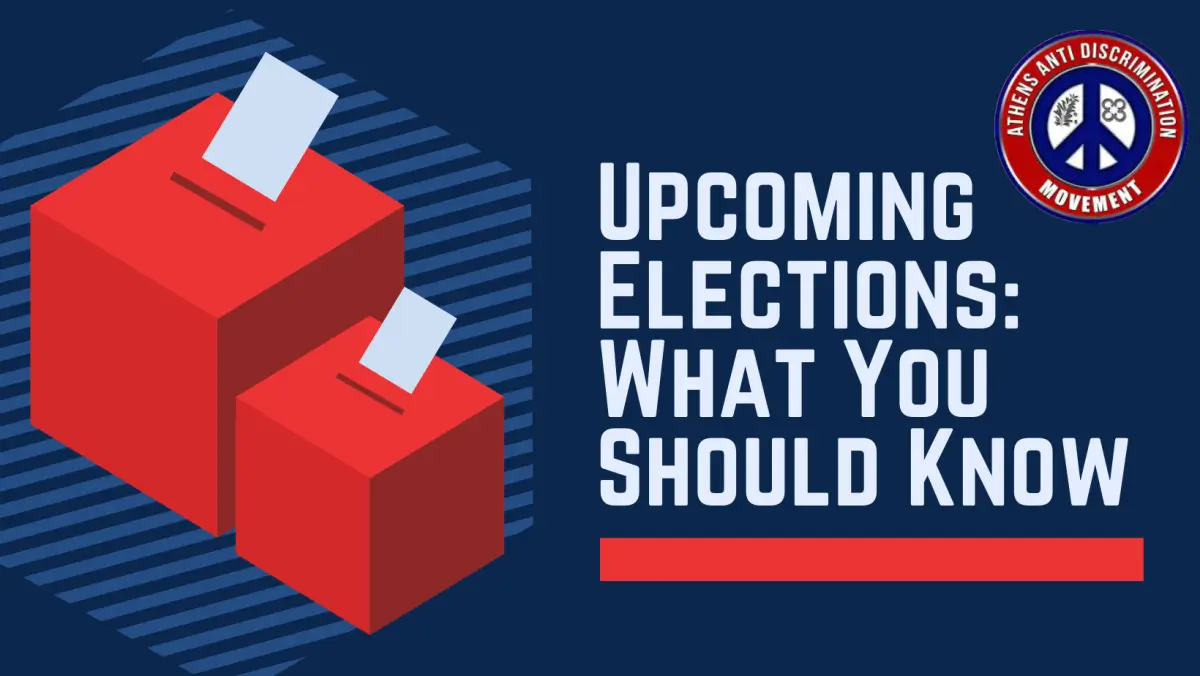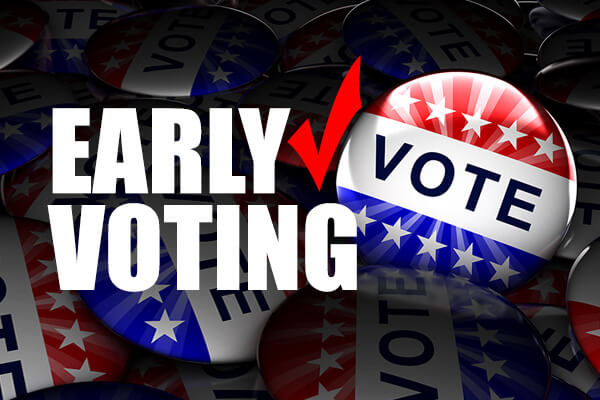In this article, I will discuss the issues related to the upcoming Election. These include Party-list proportional representation, Early voting, and the Majority bonus system. In addition, I will explain what the differences are between these systems and how they may affect voting. Several issues need to be addressed to ensure a fair election.
By-elections
In multi-member parliamentary systems, by-elections are often held to fill a vacant seat. By-elections may be held for one seat or all seats in a constituency. In party-list proportional representation systems, however, by-elections are not necessary. If a candidate has no votes, the seat will automatically be filled by the unelected candidate on the vacation list. In Turkey, for example, by-elections may be held when too many seats become vacant or if the governing party cannot maintain a majority after a general election.
By-elections are run in much the same way as general local elections. Several notifications are required, and municipal councils and regional district boards must plan. Municipalities sometimes elect not to hold a by-election for several reasons, including disqualification.
A by-election occurs when the incumbent resigns, dies, or becomes ineligible for office. In some cases, the incumbent is ineligible to remain in office due to criminal conviction, insufficient attendance, or other reasons. Sometimes, by-elections are held on the same day as a general election. The timetable for a by-election is generally between 21 and 27 days after the writ is issued.
Party-list proportional representation
Party-list proportional representation is a voting method in which voters select candidates on the party lists of their choice. In a proportional representation election, a candidate must receive a certain percentage of votes for the first preference to be elected. A typical electoral threshold for party-list PR is three to five percent.
Unlike plurality voting, party-list PR enables many parties to compete in an election, making coalition governments more likely. The UK does not have this type of system. Instead, the UK uses a plurality voting system, which elects MPs to the Westminster Parliament. Usually, the party with the highest number of votes wins the seat. Some countries have a combination of both party-list and plurality voting systems.
Party-list PR enables many forms of government. The largest party may form a minority government, while other parties form a government coalition. While some political parties form coalitions before an election, others may wait until after. This can lead to confusion among voters about which party will form a governing coalition. In addition, it may take time to build a stable coalition, and there is no certainty about whether a particular government will survive the next Election.
Majority bonus system
The majority bonus system is a type of electoral system used in some European countries. In this system, winning parties that have joined them receive additional representation in parliament. It aims to ensure stability in government. The system has been used in Italy, San Marino, and Argentina. In 2016, it was abolished in Greece. The majority bonus system was introduced again in elections in 2019 in Greece.
This system allows the winning party to get a majority by winning more than 50 percent of the vote. However, this criterion may not be met in some cases, especially if more than two candidates are in a race. In these cases, voters will use an alternative vote, also known as a preferential vote. This system removes the weakest candidate from the majority vote and redistributes the votes to other candidates.
Early voting
Early voting in elections is a way for eligible registered voters to exercise their right to vote before election day. The process is the same as on election day: voters check in at an Early Voting Center, receive a ballot, and then vote the same way they would at the polls. Early voting centers are open from 7 am to 8 pm, so anyone registered to vote can use them.
In the United States, 38 states and the District of Columbia offer early voting, including early voting in federal and state elections. In the 2018 midterm elections, almost 40 million voters cast their ballots before Election Day. Only 12 states, including Connecticut, do not offer early voting. People who cannot vote in person can get an absentee ballot and use it similarly.
For an election to be held on Election Day, there must be an early voting center in every county in the state. A county with at least 500,000 registered voters must have at least one early voting center. Counties with less than 500,000 must provide one early voting site for every 30,000 voters, up to ten sites. One of the sites must be located in the country’s largest city.






